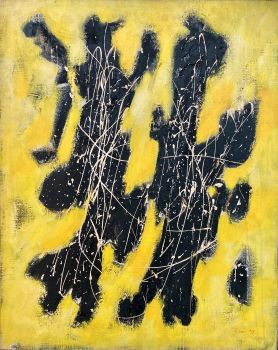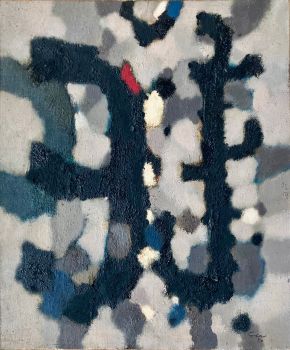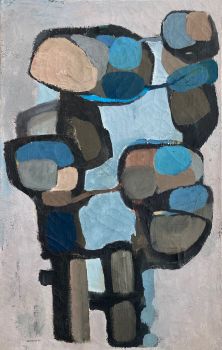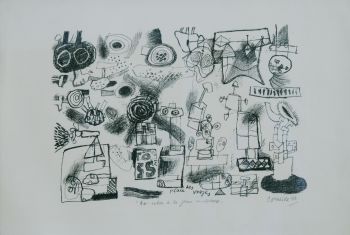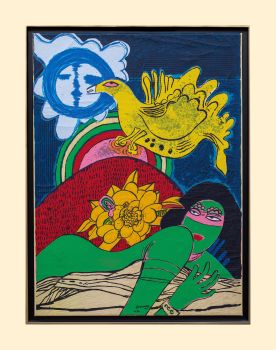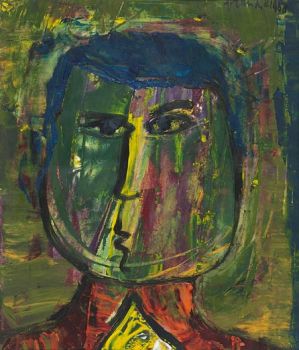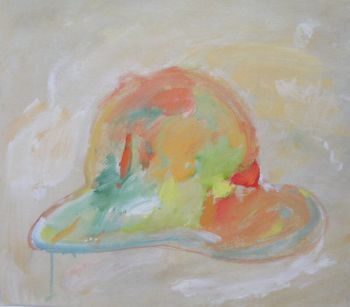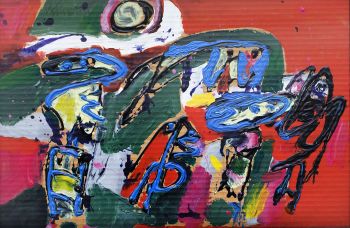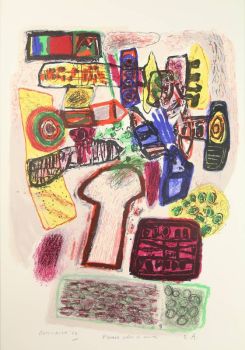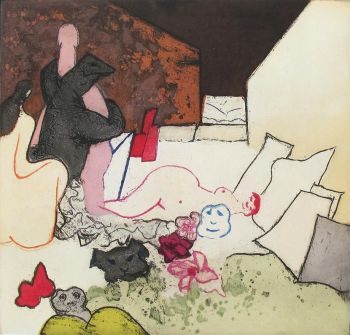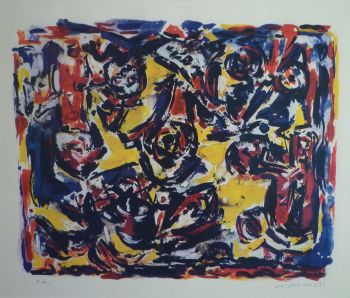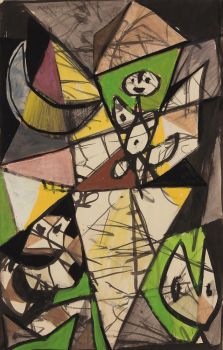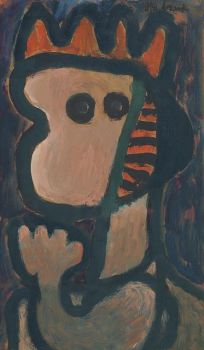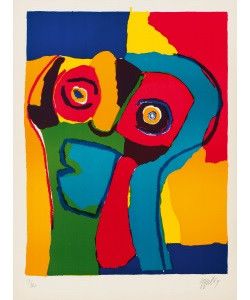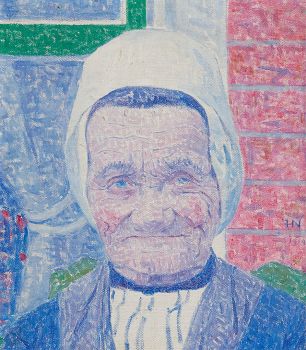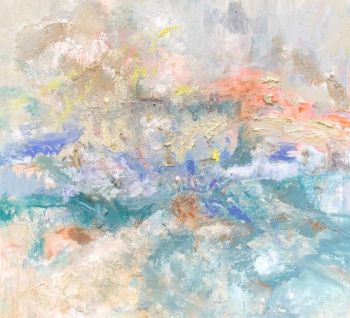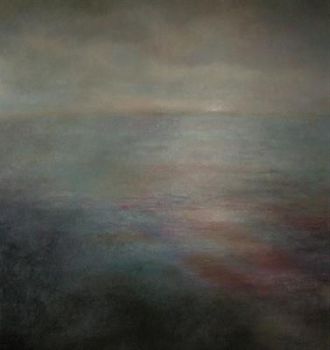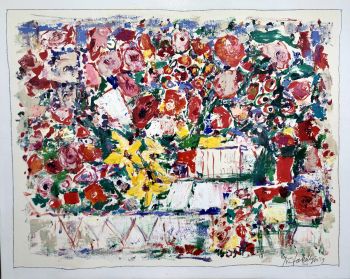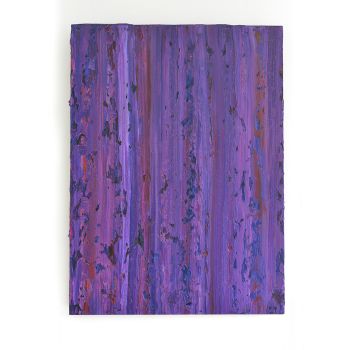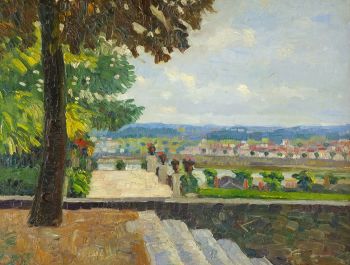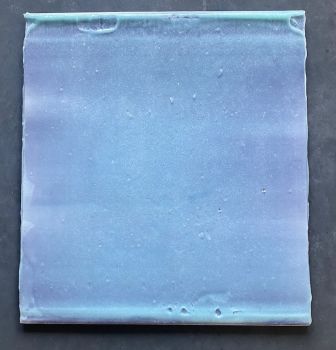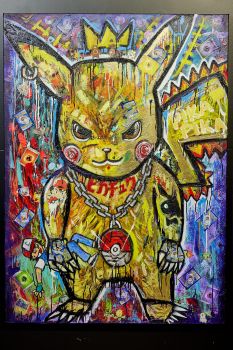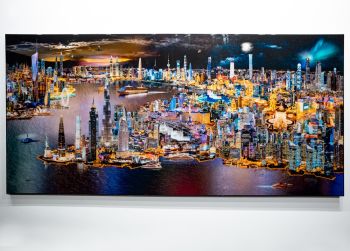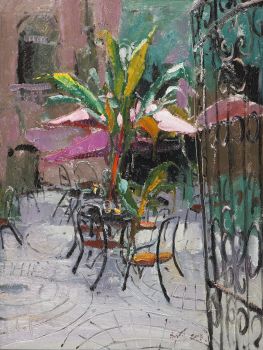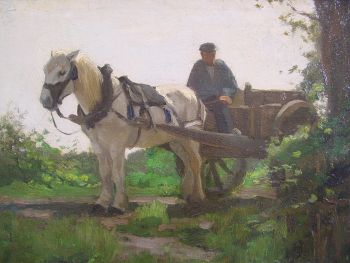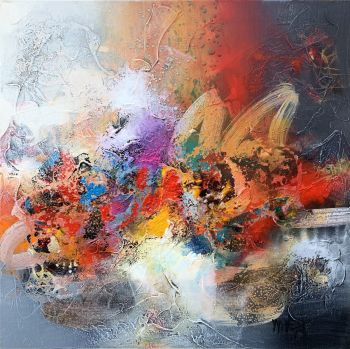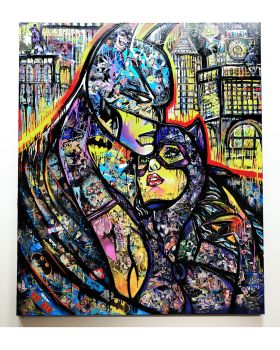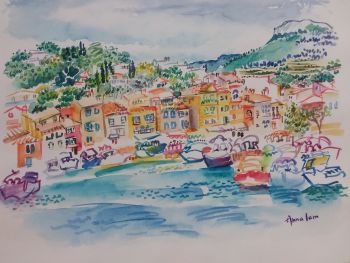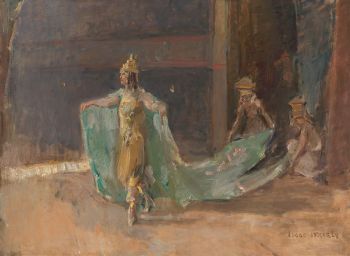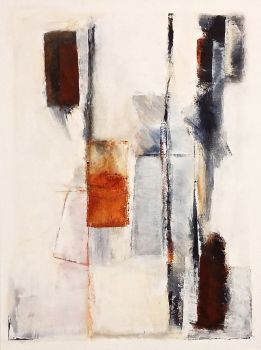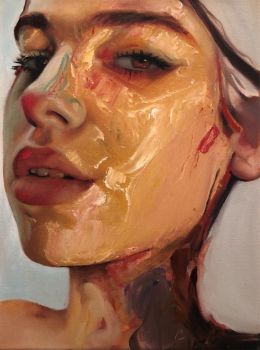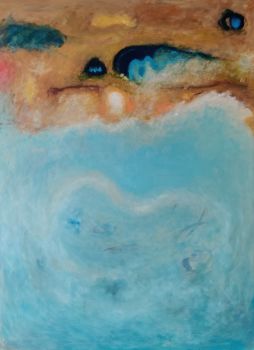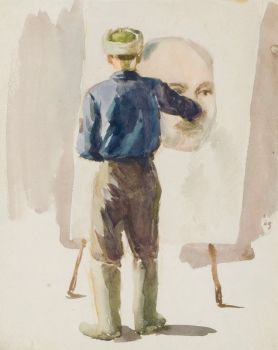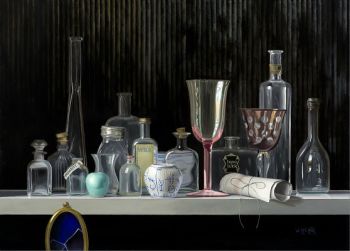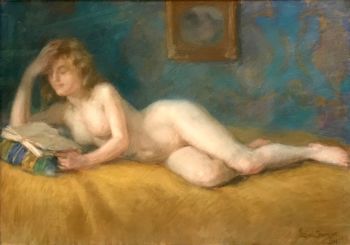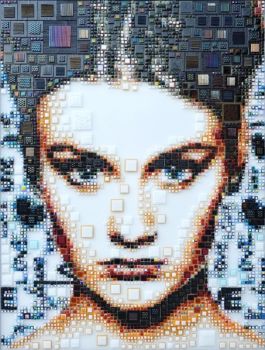About the artist
William Gear was a British painter, educator, and administrator, hailing from Methil, Fife, he was notably international in his approach compared to his contemporaries in Britain, achieving recognition beyond the UK. His art education began at Edinburgh College of Art (1932-1936) and continued with art history at Edinburgh University (1936-1937). A travel scholarship allowed him to spend a significant period in Europe, including time under Léger in Paris.
His World War II service was with the Royal Signal Corps across Europe and the Middle East, yet he managed to continue painting, holding solo exhibitions in Florence and Siena in 1944. Post-war, he contributed in Germany (1946-1947) to efforts related to national monuments and art, and from 1947 to 1950, he resided in Paris, joining the Cobra group in 1948.
His artistic phase during this period aligned with the École de Paris, featuring abstract yet nature-inspired works (he described his art as ‘statements of kinship with the natural world’), often using vibrant colors framed by bold black lines, reminiscent of stained glass. Influenced by American Abstract Expressionists and his Scottish peer Alan Davie, he even exhibited with Jackson Pollock at the Betty Parsons Gallery in 1949.
Gear, however, was sensitive about the extent of American influence on his work, preferring to credit European innovations. Settling in England in 1950, he was a controversial recipient of an Arts Council Purchase Prize at the 1951 Festival of Britain, where his abstract piece (Autumn Landscape, 1950, Laing Art Gallery, Newcastle upon Tyne) sparked debate due to the general skepticism towards abstract art in Britain at the time.
As curator of the Towner Art Gallery, Eastbourne (1958-1964), his contemporary art acquisitions were contentious, and he later led the fine art department at Birmingham College of Art (1964-1975). In England, his style evolved, becoming more subtle with a less defined grid and more fluid colors.

